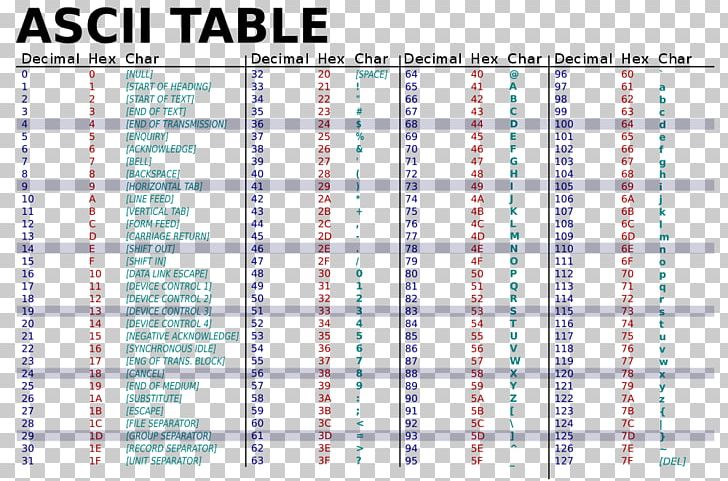


you agree Stack Exchange can store cookies on your device and disclose information in accordance with our Cookie Policy. Using mvps suggested change, I created this function which includes error checking (invalid characters and uneven length). Convert single Character (hex number) to Integer in C. (Note: You may want to change uint8t to int). But these day all OS default text editors store files in UTF-8 by default.

In cases where we need to save the output, instead of just printing it on the terminal, we can use the “>” operator and specify a filename: $ od -x sample.txt > hex_dump_file 6. Below is my solution that converts from hex char to a binary nibble. A simple text file was usually in ASCII format. Return value : Return the augmented string parsed in the base decimal to base octal. Syntax : iosbase& hex (iosbase& str) str : Stream object whose basefield format flag is affected. We can also combine the -t x1 flag with the -c flag to display each character along with its hex value: $ od -t x1 -c sample.txt 0000000 54 68 69 73 20 77 69 6c 6c 20 62 65 20 6f 75 72 It may be called with an expression such as out << std::oct, std::hex or std ::dec for any out of type std::basicostream or with an expression. Od has the following syntax: $ od.īy default, the od command displays data in octal format. We can use this command to convert executable files to a human-readable format which is useful for debugging. What I'm trying to do is have the user input a hex number this number will then be converted to a char and displayed to the monitor this will continue until an EOF is encountered.I have the opposite of this code done which converts a char to a hex number. You need another buffer to hex string on output. The od command can take in multiple files as input by combining the data in each of the files in the order we listed them in. The buffer has nothing to do with the hex. I need to convert a string, containing hex values as characters, into a byte array.Odor octal dump is a built-in command to convert files to different formats. This is how you would convert a file to a byte array, convert the byte array to hex values, store those hex values in a string, convert the hex values back to a byte array, and then reconstitute the original file from the stored hex values.


 0 kommentar(er)
0 kommentar(er)
